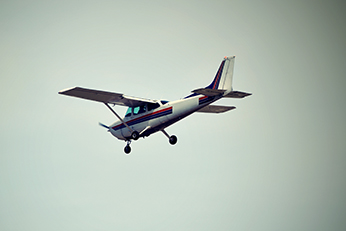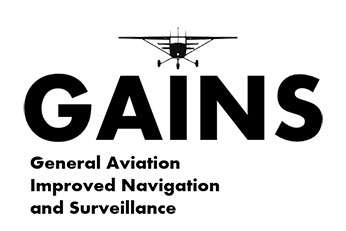Challenge
GAINS – General Aviation Improved Navigation and Surveillance, a Very Large Demonstration SESAR project, aims to demonstrate how solutions developed by SESAR for scheduled airlines can be adapted for use by the general aviation community.
While the work of SESAR to date has targeted operational and technical improvements that address the needs of scheduled airline traffic, general aviation, which comprises more than 100,000 users in Europe, remains an important economic enabler and feeder to the airline industry. Given the variety of uses supported, GAINS aims to demonstrate to the wider aviation community how improvements being developed by SESAR can be adapted to enhance GA operations without prohibitive cost or certification requirements.
Co-funded by the SESAR Joint Undertaking under the European Union’s Horizon 2020 research and innovation programme, this two-year project was overseen by a consortium that includes representatives from the general aviation (GA) community: AOPA UK, Pildo Labs, Funke Avionics and Trig Avionics. The aviation consultancy Helios (an EGIS company) is the project coordinator.




